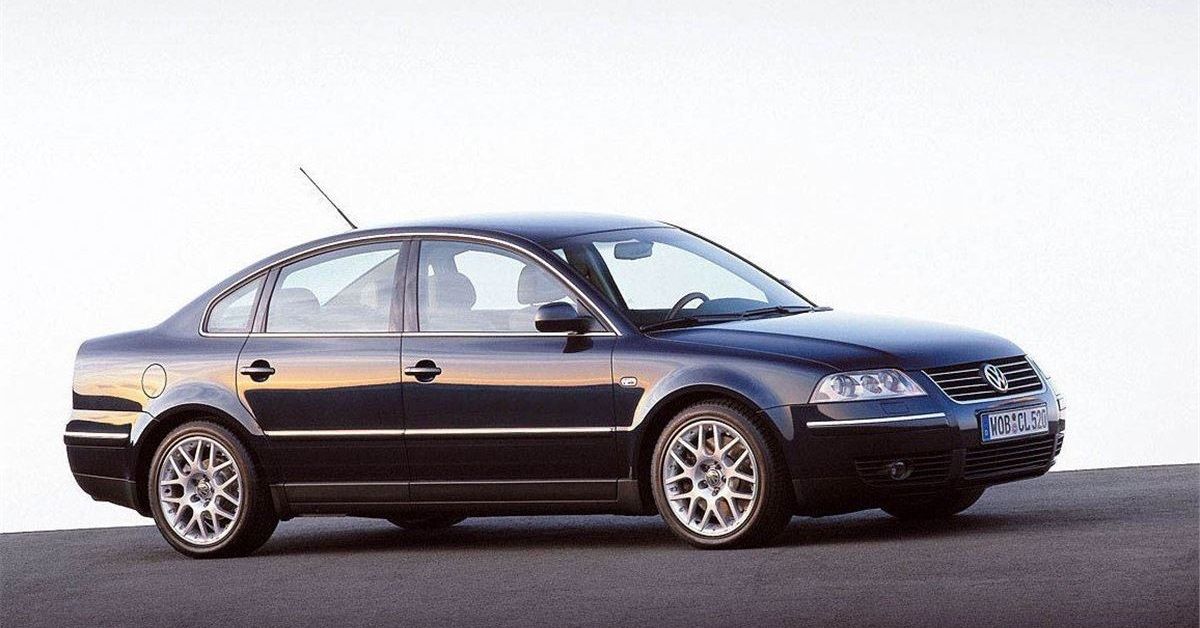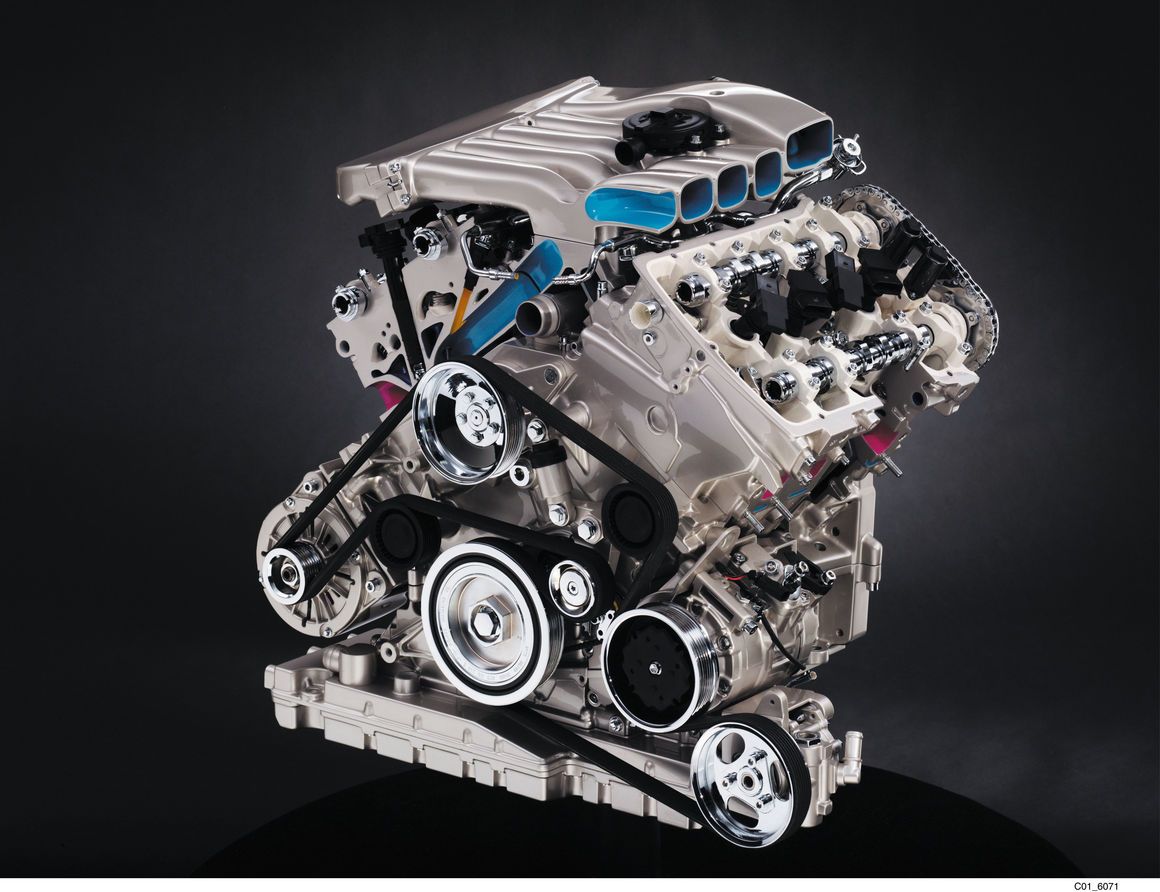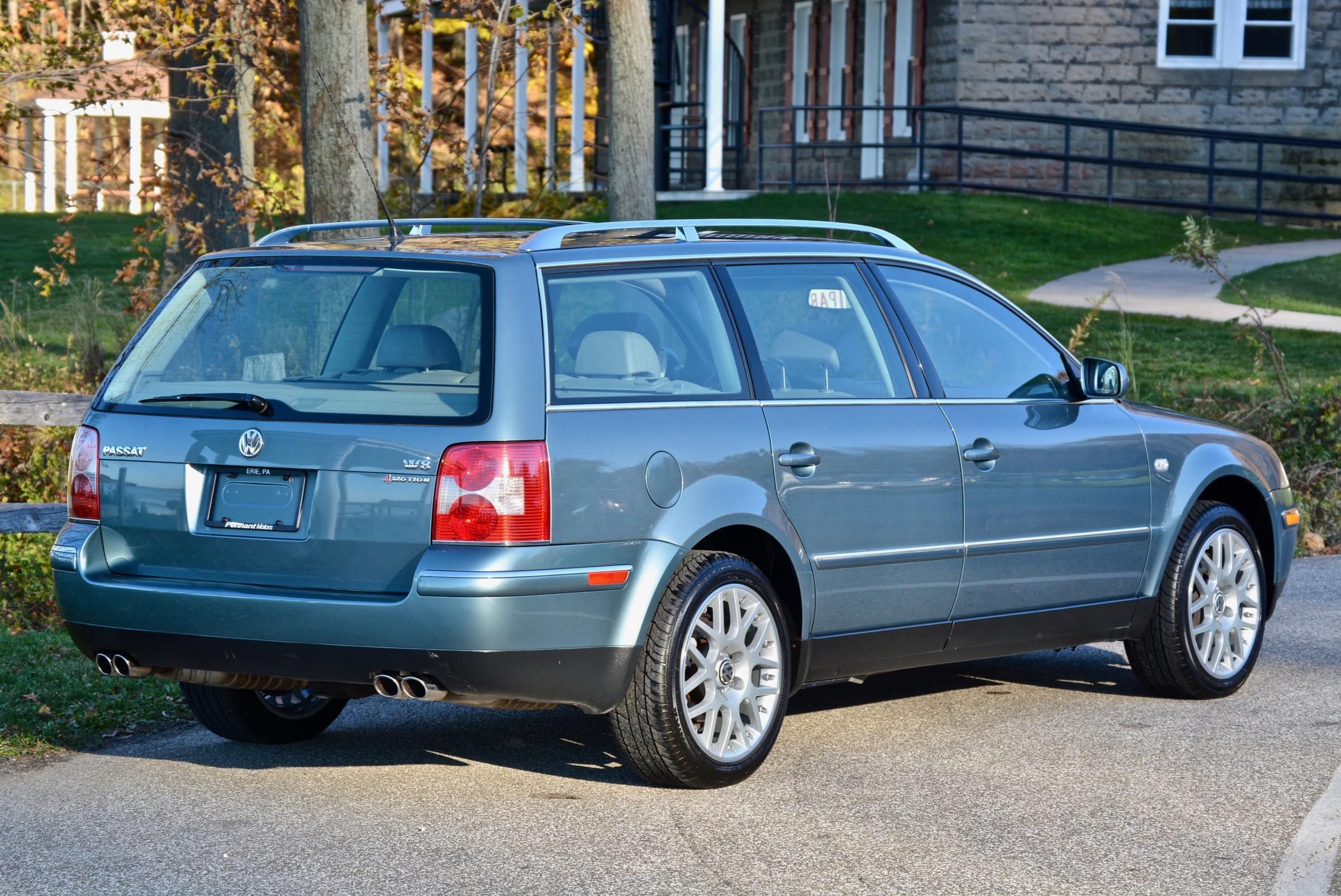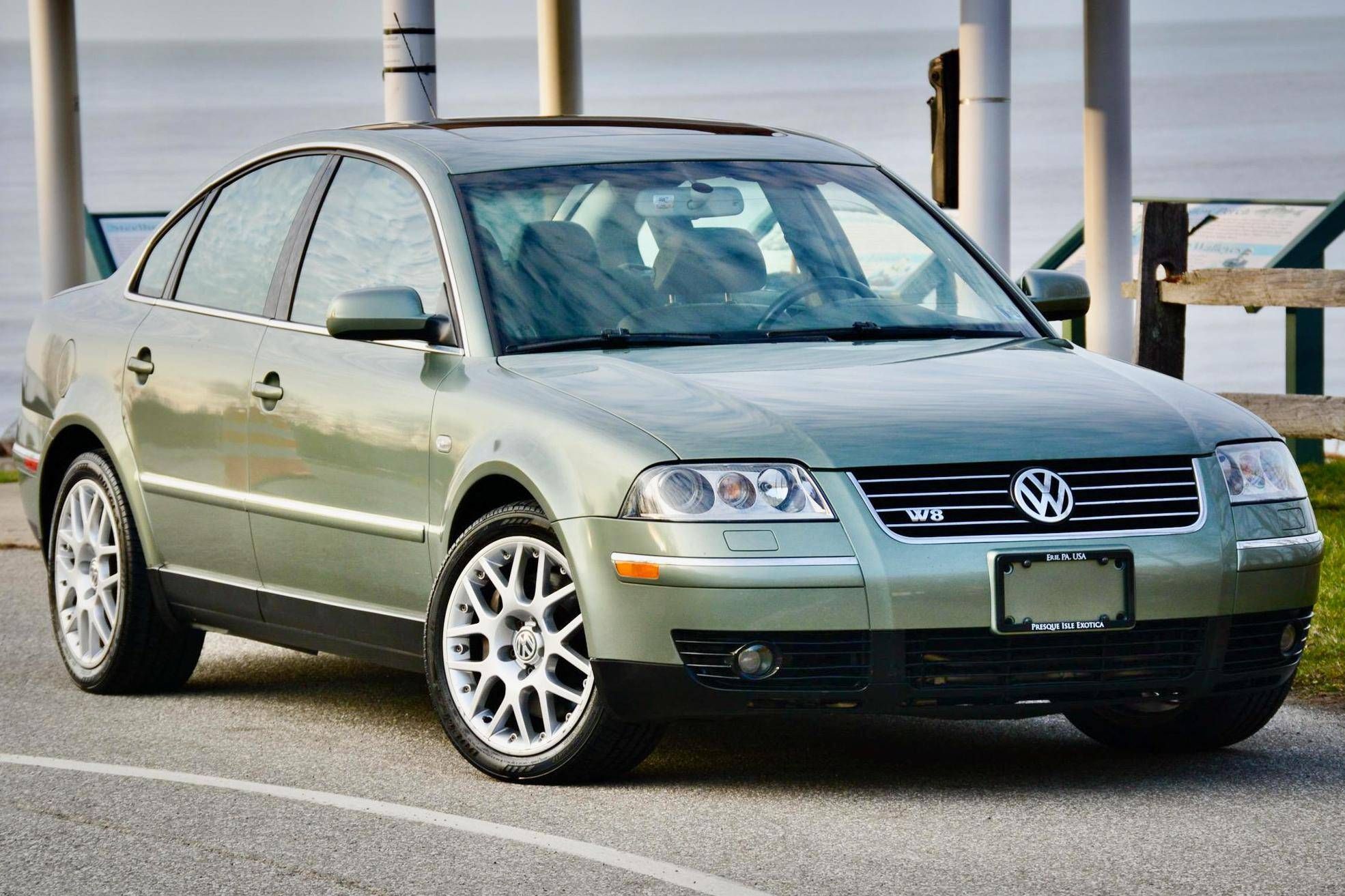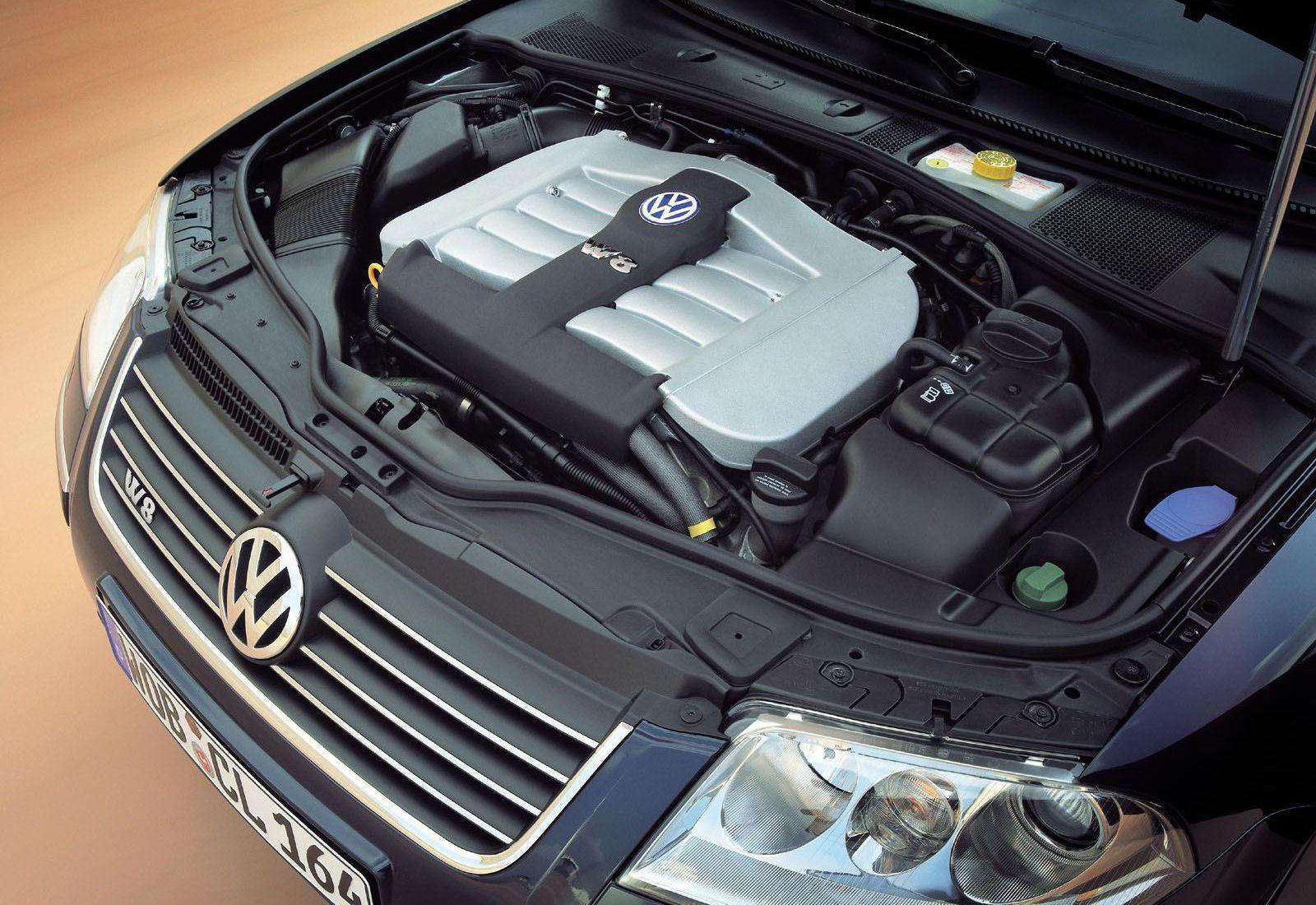Take a stroll around any car-enthusiasts-oriented websites, and you'll see a pile of the below vocabularies: wagons, sleepers, obscurity, unusual designs. Most petrolheads enjoy fast cars, but 'fast' alone is not enough to feed those geeks who claim to appreciate car culture rather than simply the cars themselves. There ought to be some intangible, unique qualities.
Think Ferrari or Lamborghini. You'd expect them to build the fastest and most glamourous supercars. Pretty much like you'd expect a 3-starred restaurant on the 100th floor of a Dubaian hotel to offer the finest cuisine on the planet. But this is something supposed to happen, and such luxury is too unrelatable to regular people like us.
But what if, one day, Burger King offers you a Whopper with some $200-per-pound Wagyu beef? That surprise factor is guaranteed to stir up discussions and attract a line of queuing meat lovers. The only question is, how long would that queue be?
Let's take a closer look at the Volkswagen Passat W8's engine.
Explain That Engine to Me...
Big engines aren't uncommon kinds of stuff. For an automotive giant like the Volkswagen Group, there are loads of those gas-burning machines on the catalogs of the group's huge brand portfolio, even if we put supercars like Porsche, Lambo, or Bugatti's W16 aside. Audi, for instance, can sell you big V8s. Bentley, the old Audi A8 or Q7, and in the past Volkswagen's own Touareg and Phaeton, were available with a V10 or W12.
The very unusual W8 is actually a distant relative of the Volkswagen big engine family. A 'W' configuration consists of 4 banks of 2 cylinders. Remember the Volkswagen's VR6, the narrow-angle engine found in the Corrado coupe and high-performance Mk 3-5 Golfs? Imagine chopping off two cylinders from the VR6 to form a VR4, then position another VR4 at 72 degrees to the first one, run all the cylinders by a common crankshaft, and there you go.
The Volkswagen W8 was the first commercially produced engine of its kind. In terms of packaging, it was very clever. Thanks to the narrow-angle design, it was compact. The 4-liter unit could be comfortably fitted into the standard B5 Passat platform, which normally accommodated 2.0-liter 4-cylinder engines or 3.0-liter V6s. The W8, however, was not particularly efficient or powerful, with an output of 275bhp at 6,000rpm and maximum torque at 213 lb-ft at 2,750. But critics had praised the smoothness of the engine, and it produced a proper soundtrack, as demonstrated by this straight-piped example.
Why On Earth Would Such An Idea Exist?
Back in the early 2000s, Volkswagen's chief executive Ferdinand Piëch, the late automotive titan behind the Porsche 917, Audi Quattro, and VW/Audi's very successful platform sharing strategy, decided the people's car should attempt to target people of the upper class. Phaeton, the VW luxury limo that rivaled the S-Class, 7-Series, and A8 (in terms of tech and specs, not sales figures), may probably be considered the pinnacle of Piech's rich-people's-car ambition.
The W8 Passat then should be viewed as a prologue of VW's penetration to the upmarket. By stuffing a big and exotic engine to their flagship sedan/wagon of that time, coupled with a lot of leather in a well-made interior, Volkswagen believed this mundane-car-turned oddity would be a spearhead to lead the marque's conquest of the realm of luxury motoring.
Was The VW Passat W8 Popular?
Considering the fact that the W8 Passat is such a rare sight, the answer to this question is a very definite no. Actually, it would be unlikely to encounter another car that is so unjustifiable. Why would you fit a huge engine with a never-heard-of configuration that would do 21mpg into a car that would most likely be purchased by soccer moms or mildly-successful accountants?
A Volkswagen usually promises reliability, yet the W8 engine was extremely difficult to run. The densely-packed mechanics and sophisticated electronics meant even the most routine inspections and maintenance would be like brain surgeries. The mechanics would need some tailored special tools, and you would need a $1,300 cheque. Not to mention the engine's frequent hiccups resulted from its experimental design.
And most importantly, the price. The W8 Passat retailed at around $45,000 when new. With that, you got an ordinary-looking car with an unusual engine, distinguished from its lower-graded siblings by the 'W8' badges, 17-inch wheels, quad exhausts, and a leather interior which was nice but still forgettable. The same price could also get you a BMW 3-Series, a Mercedes C-Class, or an Audi A4, which made much more sense as they were much more reliable, better to drive, more comfortable, and had a much better badge for that sort of money.
The W8 Passat is then an unwanted halo product from a mass-market brand. The normal customer wouldn't pay a big premium for a Whooper made with the finest beef in the world. While those who could afford such delicacy probably wouldn't be anywhere near the doors of a Burger King. But cars are not food. Thanks to depreciation, a W8 Passat can be picked up with as low as $3,895. Great for those who want a unique sleeper with some exotic mechanics.
Putting all those complaints on practicality or reliability aside, we should be thankful that the W8 Passat exists. After all, the world would be painfully boring if everything is built to satisfy accountants. Not every car should be designed to be a business success story.
The W8, for example, has done a pretty good job in allowing a brand from the sensible side of car making to try something new. Adding an interesting and worth-mentioning page to the long history of automobiles, although it may not be a really significant page. Hats off to Dr. Piëch and his engineers then, as well as everyone who dares to be different.

